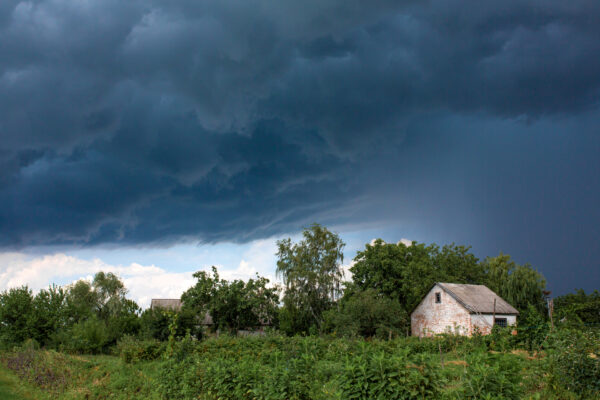Weather stations are useful for a large range of industry and experience levels with weather tracking. Whether you are a backyard weather enthusiast, a farmer or you’re in the research field, weather stations can serve you in many useful ways.
However, weather station maintenance is imperative to keeping the station working as it should. With these weather station maintenance tips, you can expect your weather station to provide accurate weather data for many years to come.
Get into a Maintenance Routine
First, how often should you plan to maintain your weather station? It’s ideal to clean out the weather station every 2 to 3 weeks. This will keep debris and build-up out of the weather station so it can properly track the weather.

Monitor the Rain Bucket
Clogged rain gauges can cause problems when it comes to accurate reporting. For example, you may discover that your rain gauge is at zero despite downpours that last all day.
This is why it’s important to occasionally check the rain bucket on your weather station. You can clean the rain bucket with soapy water to help remove the gunk. Just be sure to remove the batteries before you take this approach.
Gauge the Accuracy of Your Wind Monitor
One of the basic functions of a weather station is to monitor wind speed and wind direction. However, weather station maintenance is important to ensure accurate wind data tracking over time.
For this weather station maintenance tip, check to see that the weathervane and anemometer can spin without obstructions. If these components can’t spin, they won’t be able to go accurately capture wind data.
Clean the Solar Radiation Sensor
Another component that needs cleaning is the solar radiation sensor. The purpose of this device is to measure solar energy in the hemisphere. To keep this component clean, you can wipe it down with a damp cloth.
Clean Your Solar Panels
In addition to the solar radiation sensor, you’ll also want to clean your solar panels. Without routine cleaning, the solar panels will not function properly. In addition, keeping the panels clear of debris allows for the most accurate temperature and humidity measurements. Plan to clean your solar panels at least twice per year, especially during the fall and spring.

Check the Leaf Wetness Sensor for Damage
The leaf wetness sensor detects the presence of surface and soil moisture. This is mostly used for environmental applications, such as studying vegetative wetting and helping farmers plan the best time to plant crops.
How do you maintain the leaf wetness sensor on your weather station? Simply clean the sensor with a damp cloth. If the diffuser is yellow, it’s time to replace the sensor.
Weather Stations for all Enthusiasts
These weather station maintenance tips can help keep your Kestrel Weather Meter in shape. All models are easy to use and maintain, providing you with the most accurate weather data on the market.
#1 Rugged, Low-Maintenance Weather Station Recommendation:

